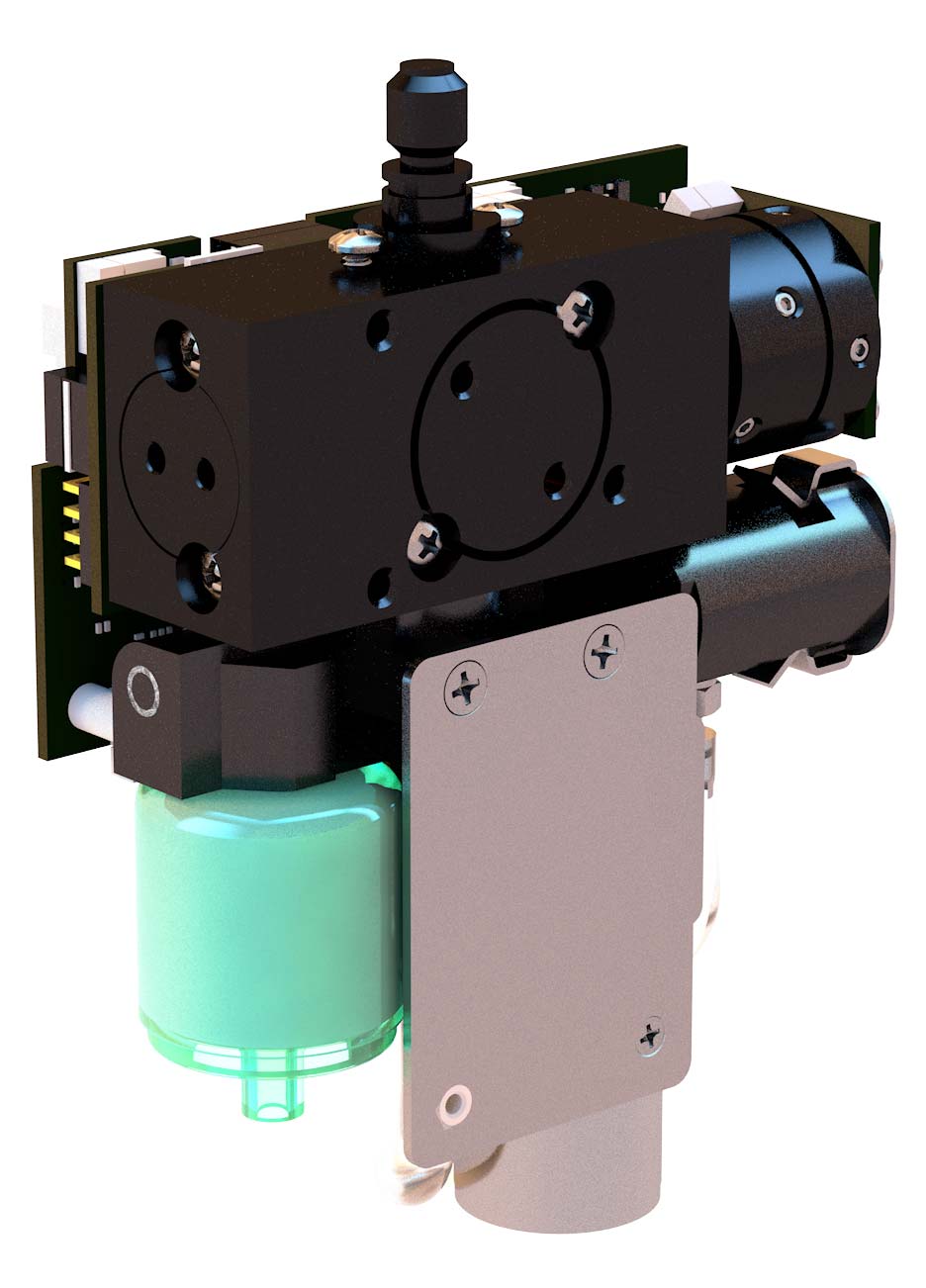Particulate Matter
Measuring particulate matter in both indoor and outdoor environments is very important for monitoring air quality and health. Optical particle counters are a common method used to measure particulate matter.

In many cases, particulate matter (PM) refers to tiny particles suspended in the air such as dust, smoke, pollen, and liquid droplets. PM is categorized by size into coarse particles (PM10 – between 2.5 and 10 micrometers), fine particles (PM2.5 – less than 2.5 micrometers), and ultrafine particles (less than 0.1 micrometers). Micrograms per cubic meter (µg/m3) is used by the scientists to express the mass concentration of the particles in the air.
PM can be emitted directly or formed in the atmosphere through reactions between chemicals. High concentrations of PM are linked to increased respiratory and cardiovascular health problems.
Technology
Optical particle counters measure PM by drawing air samples into a chamber and using a laser beam to count and size the particles. As particles pass through the laser beam, they scatter light that is detected by a photodetector.
The intensity of the scattered light is proportional to the size of the particle. Calibration curves are used to convert the scattered light to particle size and particle counts (PC) in designated size ranges (e.g. PC0.3, PC0.5, PC1.0, PC2.5, etc).
Optical particle counters provide real-time PM concentration measurements. This allows for continuous monitoring of PM levels to identify pollution sources and health hazards. Knowing PM levels can help guide actions to improve indoor or outdoor air quality.
Key advantages of optical particle counters are their ability to provide fast, accurate particle counts measurements across a wide range of particle sizes. Overall, they are an indispensable tool for air quality monitoring and research.
Particles Plus utilizes state-of-the-art light scattering sensor technology, counters are designed for exceptional sensitivity, accuracy, and reliability. These sensors can detect and quantify particles across a broad range of sizes, providing a comprehensive picture of air quality in real-time. The use of robust and calibratable hardware also ensures a superior level of precision, reducing the risk of false positives and erroneous readings. For these reasons, many industry professionals regard Particles Plus® particle counter technology as a superior choice for airborne particulate matter measurement.
